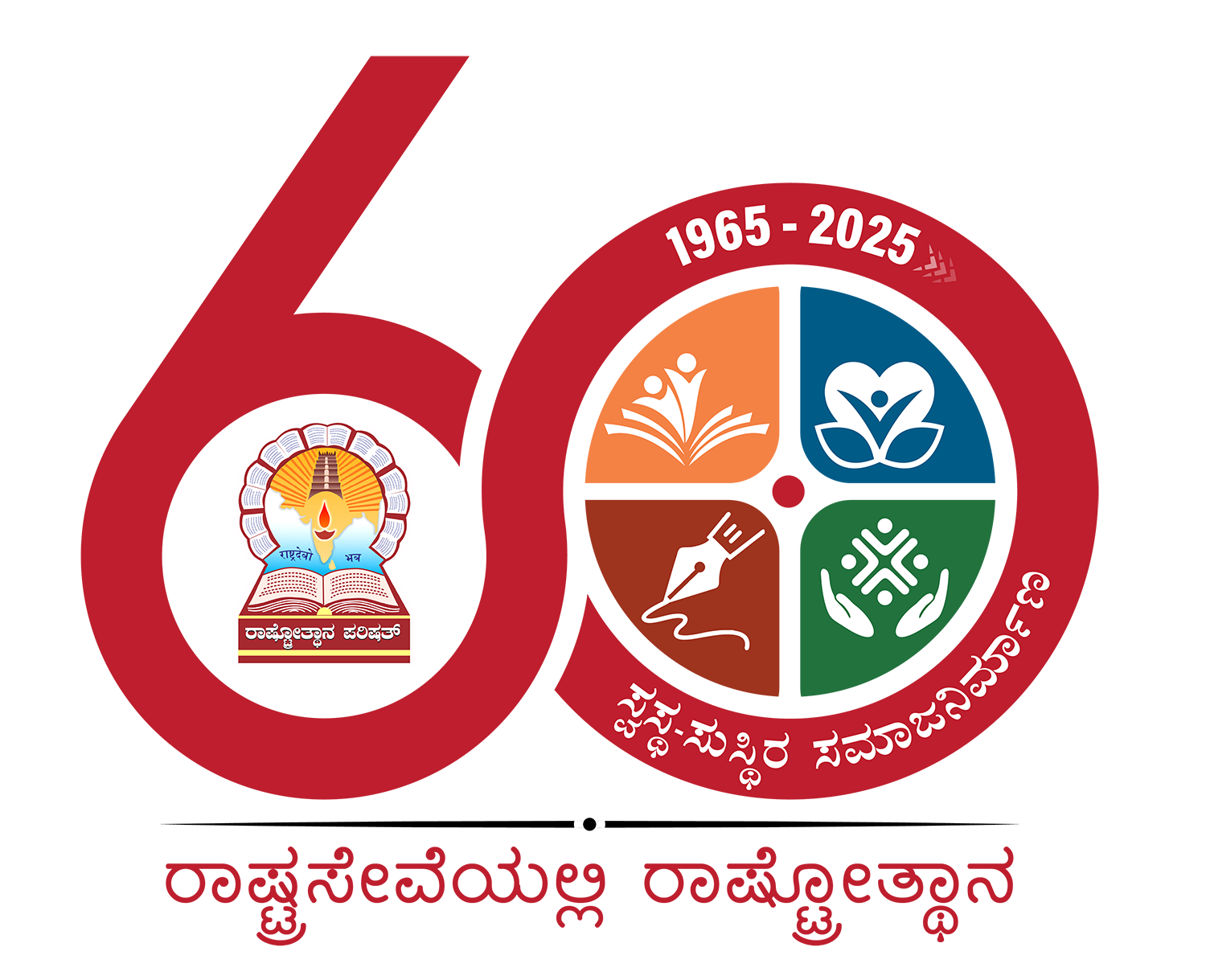-
PHuman Blood is produced by human beings only. There is no substitute
-
PBlood keeps the body healthy and active
-
PBlood carries oxygen and nutrients to all parts of the body and takes carbon dioxide and other waste products to the lungs, kidneys and liver for disposal
-
PThere are four types of transfusable products that can be derived from blood: Red Blood Cells, Platelets, Plasma and Cryoprecipitate. Typically, two or three of these are produced from a unit of donated whole blood
-
PA single donation can potentially help more than one patient
-
PDonors can give either whole blood or specific blood components only. The process of donating specific blood components – Single Donor Platelets is called Apheresis
-
POne transfusion dose of Platelets can be obtained through one Apheresis donation of Platelets or by combining the Platelets derived from 6-8 whole blood donations
-
PMost donated red blood cells must be used within 35 or 42 days of collection
-
PDonated Platelets must be used within 5 days of collection so that new donations are constantly needed
-
PPlasma and Cryoprecipitate are stored in frozen state and can be used for up to one year after collection
-
PHealthy bone marrow makes a constant supply of red cells, plasma and Platelets. The body will replenish the elements given during a blood donation – some in a matter of hours and others in a matter of weeks


